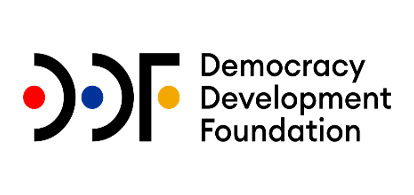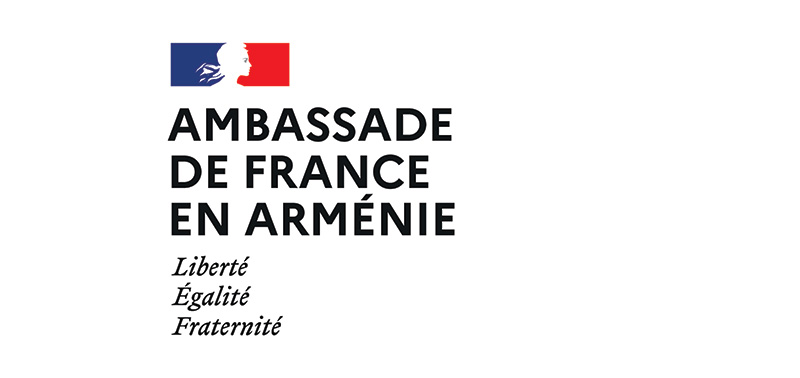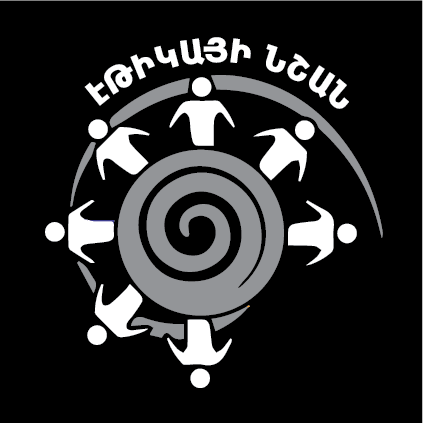The end of Serzh Sargsyan’s second and final term of presidency is approaching. The provisions of the Constitution that will change the country’s governing system shall come into force. Armenia transitions from a semi-presidential system to a parliamentary system.
The need for transitioning into a new system was explained by the necessity of strengthening the state institutions and making their work more transparent, as well as by the importance of raising the role of parties and the parliament by means of reducing the possibility of a one-person decision making.
After the constitutional amendments, however, a number of legislative projects were presented, due to which the levers of the Prime Minister’s influence grow rather than that of the parliament.
The form is parliamentary; the essence is prime-ministerial.
In fact, there are three types of government systems: single-person governance (presidential, monarchy, prime-ministerial, etc.), group governance (parliamentarism) and esoteric (for example, Iran, when the main political figure does not hold a state post).
In order to understand what system exactly Armenia transitioned to, it is simply enough to ask a single question: who holds the main levers of the governance?
Accordingly, by the draft law on the “State Administration Bodies” approved by the RA Government on February 1, 2018, 4 law enforcement structures in the country, that are the National Security Service, the Police, the State Security Service, and the State Supervisory Service, will be under the immediate supervision of the Prime Minister.
Previously, these structures were government-affiliated bodies and subjected to the president; under the new legislation, they will have the status of “subject to the prime minister.” It is noteworthy that the police are also comprised of the police troops and it is the President that currently appoints the chief, whereas, beginning from April,2018 the chief will be appointed by the Prime Minister.
The draft law also defines the bodies subordinated to the ministries. There are 17 of them: Judicial Acts Compulsory Enforcement Service, Social Security Service, General Staff, State Property Management Committee and others. It should be noted that the Government will appoint and dismiss the head of the body subject to the Government upon the recommendation of the Prime Minister, except for the inspection bodies. The Prime Minister will personally appoint or dismisses the latter.
Moreover…
However, the leverage in the hands of the Prime Minister is not limited only by the draft law on the “State Administration Bodies”. The government also submitted a draft law “On the formation and functioning of the Security Council” to the parliament for consideration. According to this draft law, the Security Council will be a body adjunct to the prime minister that will make decisions in the security sphere, which, in fact, is beyond the control of the parliament.
Another novelty is the initiative to hold the executive sessions behind closed doors. The Prime Minister will personally decide which sessions will be held publicly. Government members will not even have the right to speak publicly about any issue discussed without the Prime Minister’s permission. Government members will not even have the right to speak publicly about any issue discussed without the Prime Minister’s permission.
“Democracy”
According to Article 2 of the RA Constitution, the power in the Republic of Armenia belongs to the people. The people exercise their power through free elections. Previously, the people had two main levers of power: parliamentary and presidential elections. Only one of them, the parliamentary elections have been maintained. That is to say, if previously citizens were able to elect both executive and legislative powers, now they can elect only legislative powers, while the latter will elect the executive power on behalf of them.
In fact, currently we have a situation, when the country formally transitions into a parliamentary governance, whereas, in reality, we have the same old single-governance model. Only the name of the position is going to change: the President will be replaced by the Prime Minister (in addition, besides the authorities of the president passing to the prime minister, the presidential residence on Baghramyan 26, the presidential helicopter and the airplane will also pass to the prime minister).

 FACTOMETER
FACTOMETER









